STEAM Education
Introduction
Excel Public School (EPS) is dedicated to creating a vibrant and innovative learning environment that champions STEAM education—Science, Technology, Engineering, Arts, and Mathematics—through a comprehensive, integrated approach. Our mission is to ignite students’ curiosity, foster creative thinking, and empower them to become adaptable problem-solvers and future leaders in a rapidly changing world. A solid foundation in STEAM disciplines equips our students with the critical thinking and analytical skills needed to thrive in the modern era. By integrating these disciplines, a rich educational experience that encourages exploration, experimentation, and creativity across various fields is provided. This interdisciplinary approach not only promotes academic excellence but also nurtures vital life skills, such as collaboration, communication, and resilience. Excel Public School remains deeply committed to cultivating the next generation of innovators, problem-solvers, and leaders through our strong emphasis on STEAM education and to inspire and empower our students to excel in an ever-changing world.
The heart of our STEAM initiative is our ‘INNOVATION LAB’, a 7,000 sq. ft. state-of-the-art facility, designed to inspire creativity, critical thinking, and problem-solving. This well-equipped space provides students with access to advanced tools and technologies, enabling them to engage in hands-on learning experiences.
In the Innovation Lab, students work on multifaceted challenges and projects that require them to think critically, research solutions, and perform meaningful tasks. Mentors and teachers design these projects to present students with authentic, real-world issues. Through this process, students are encouraged to inquire, take risks, share their ideas, and push the boundaries of their performance. This experiential learning approach helps them develop resilience and adaptability, preparing them for future academic and professional endeavours.
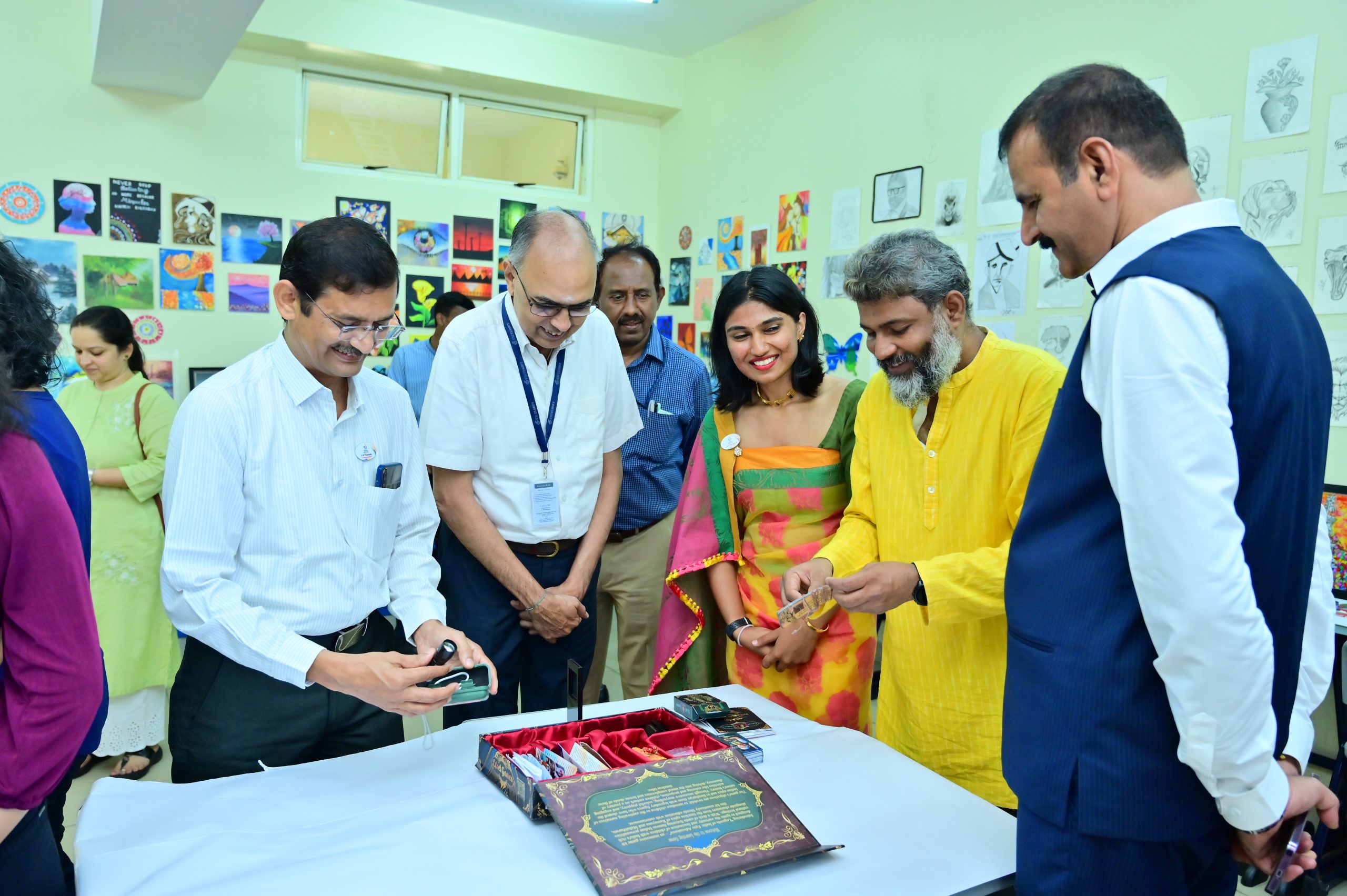
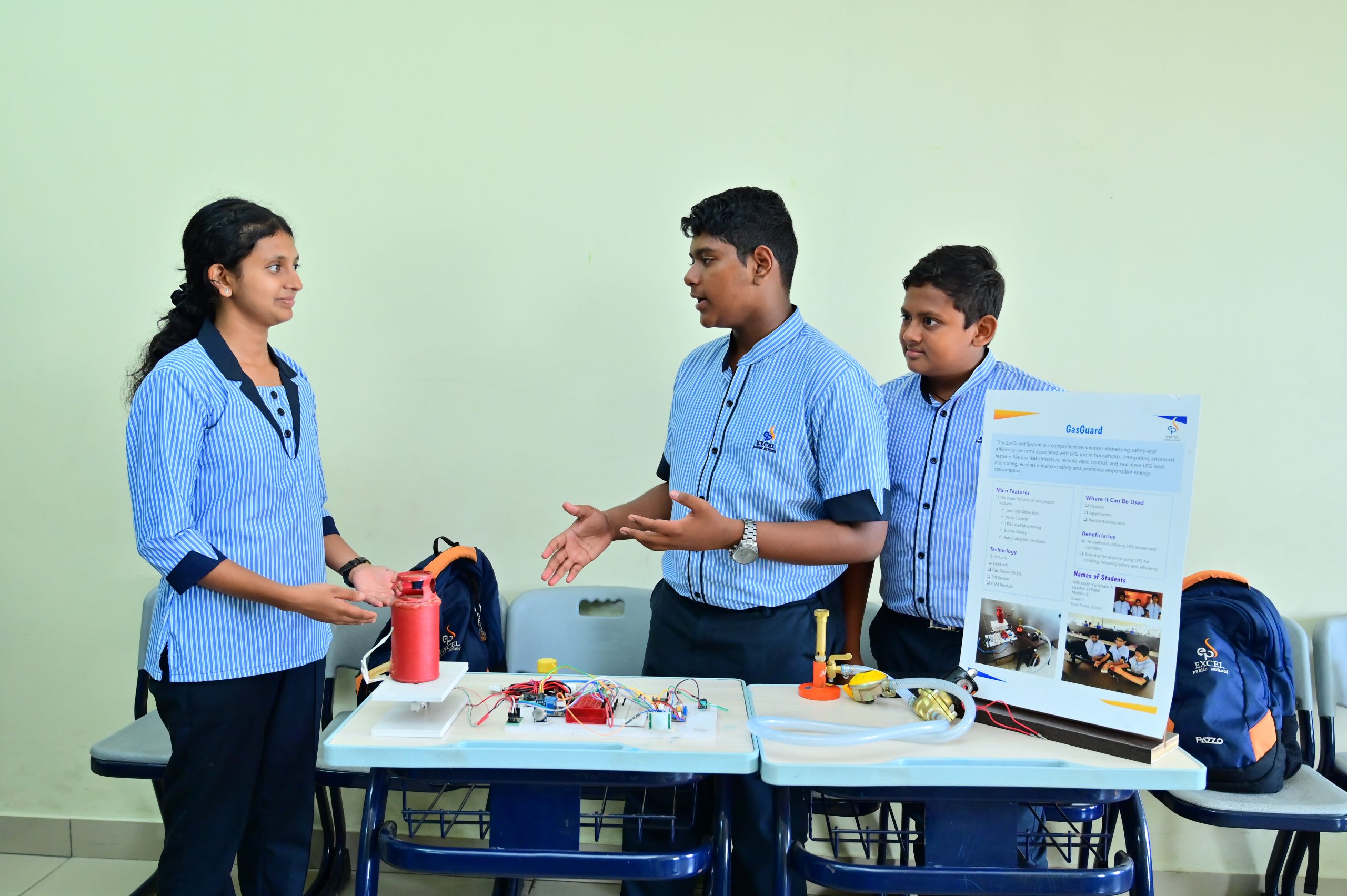
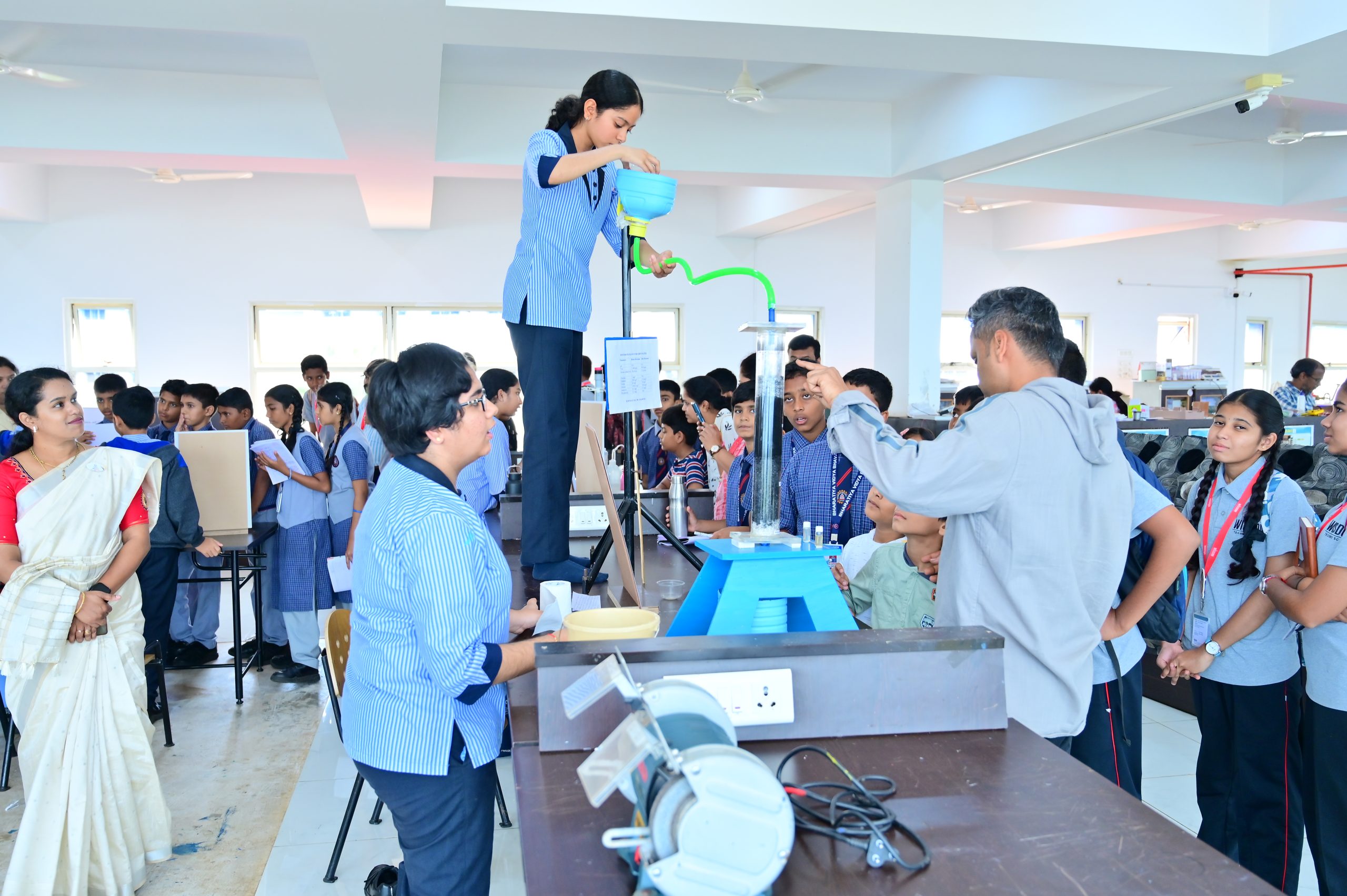
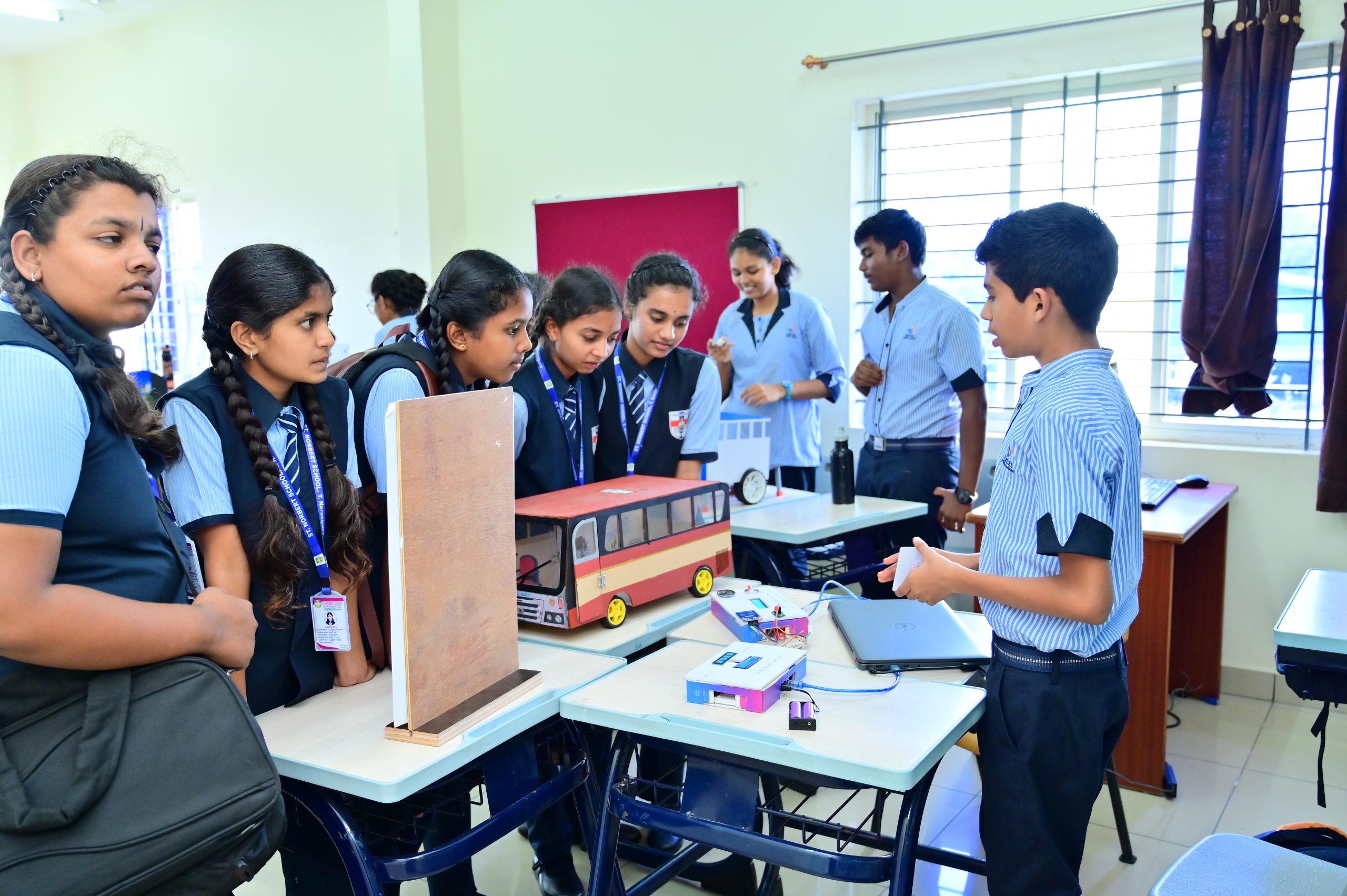
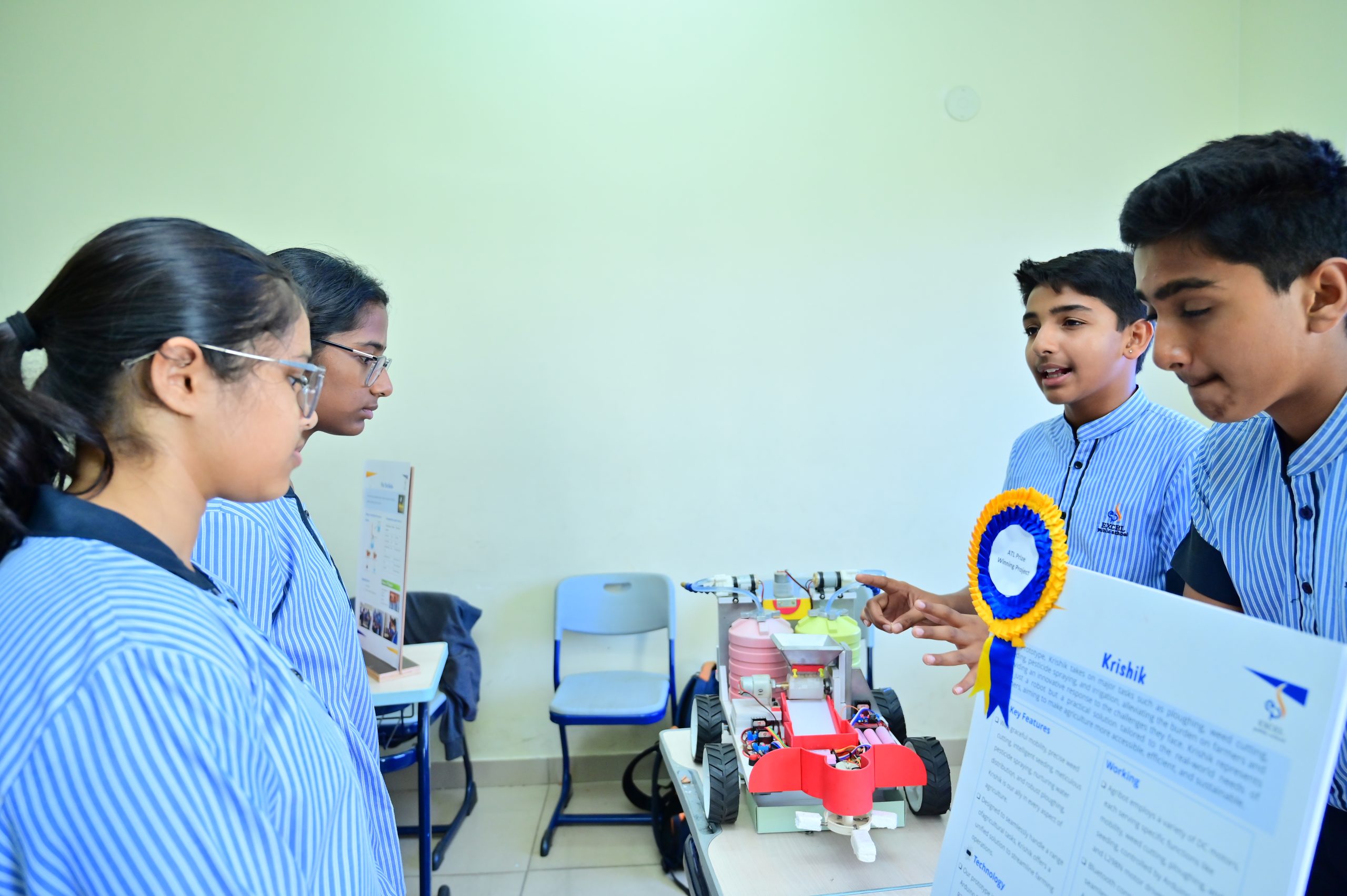
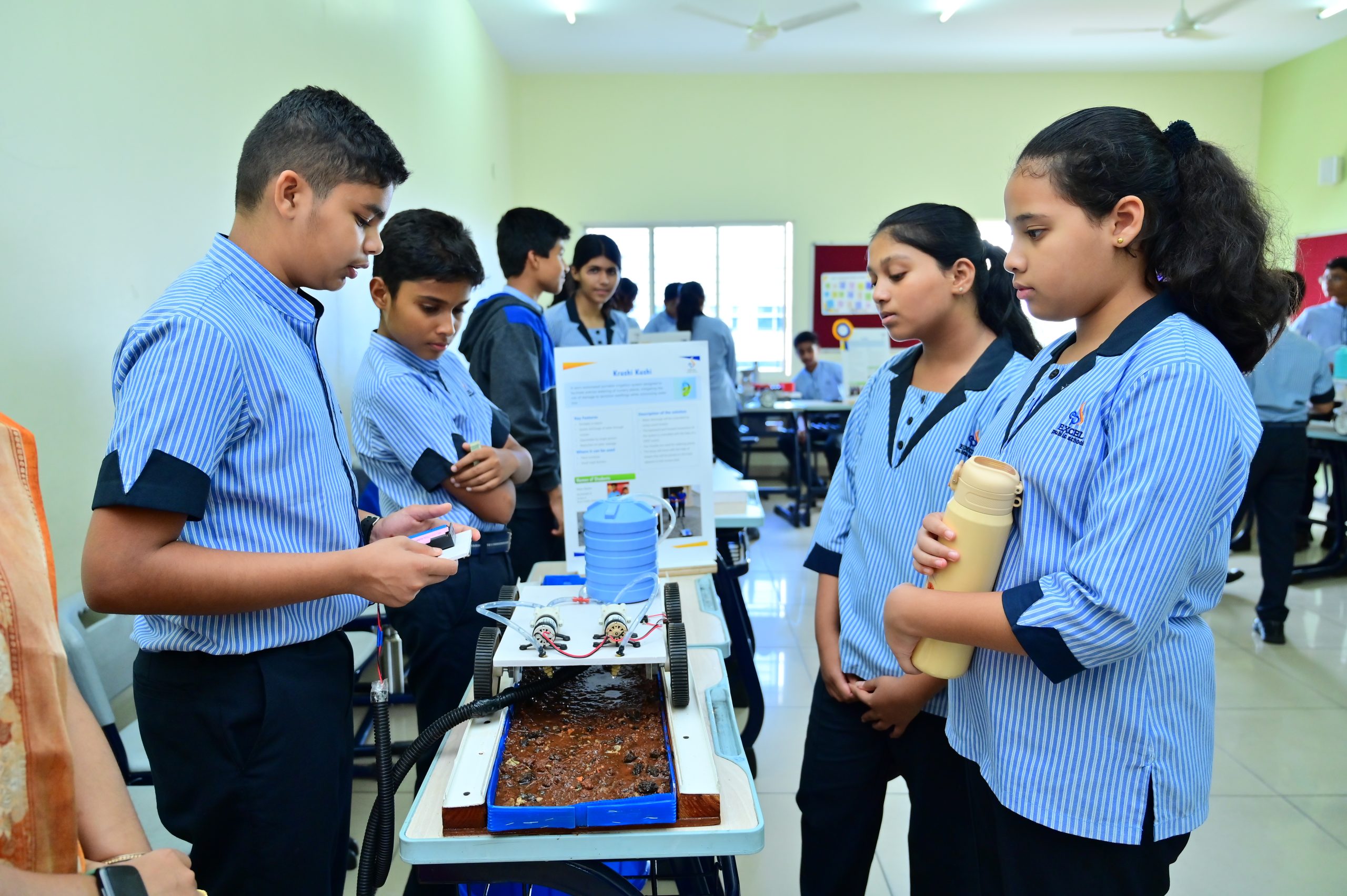
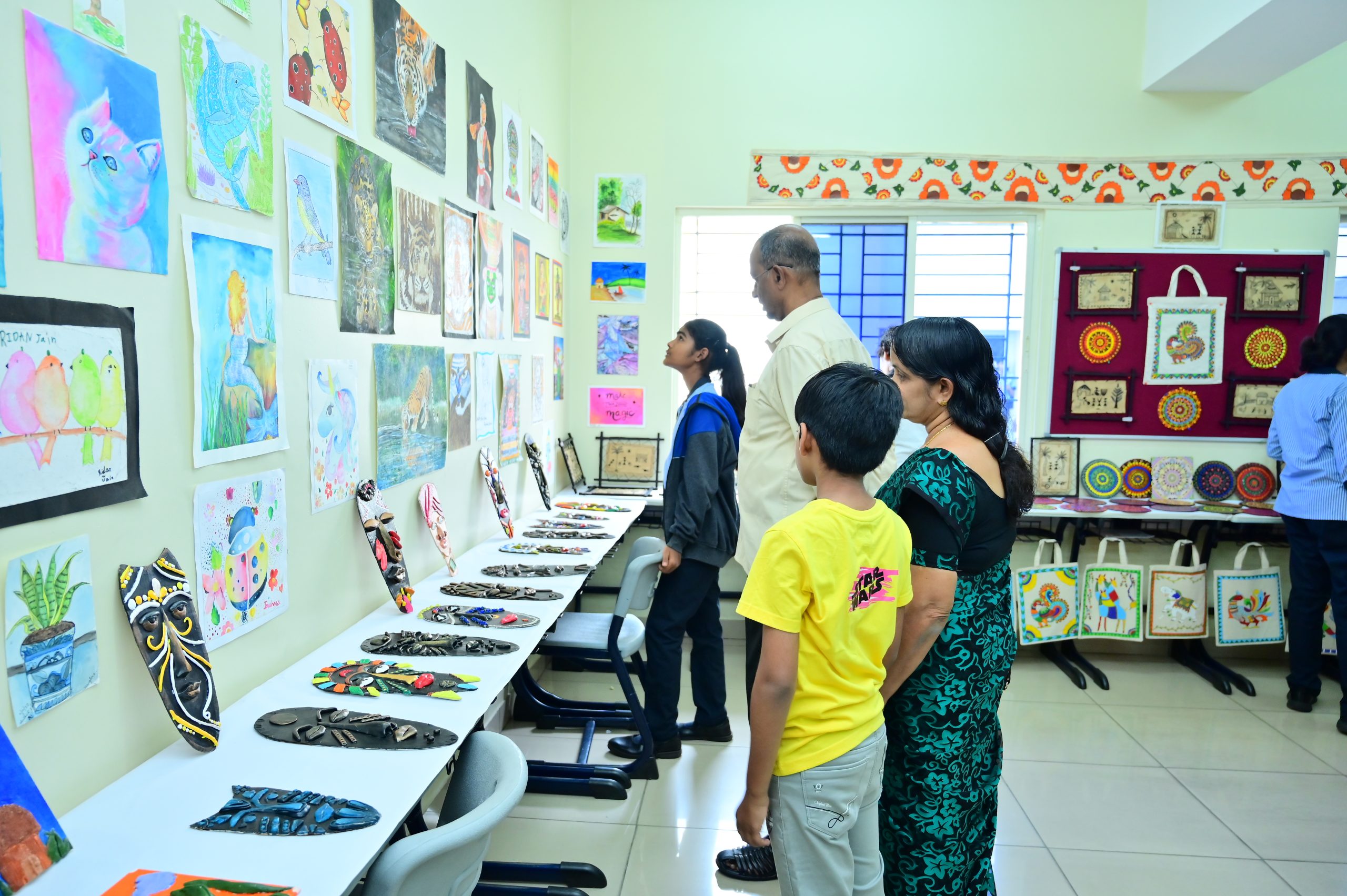
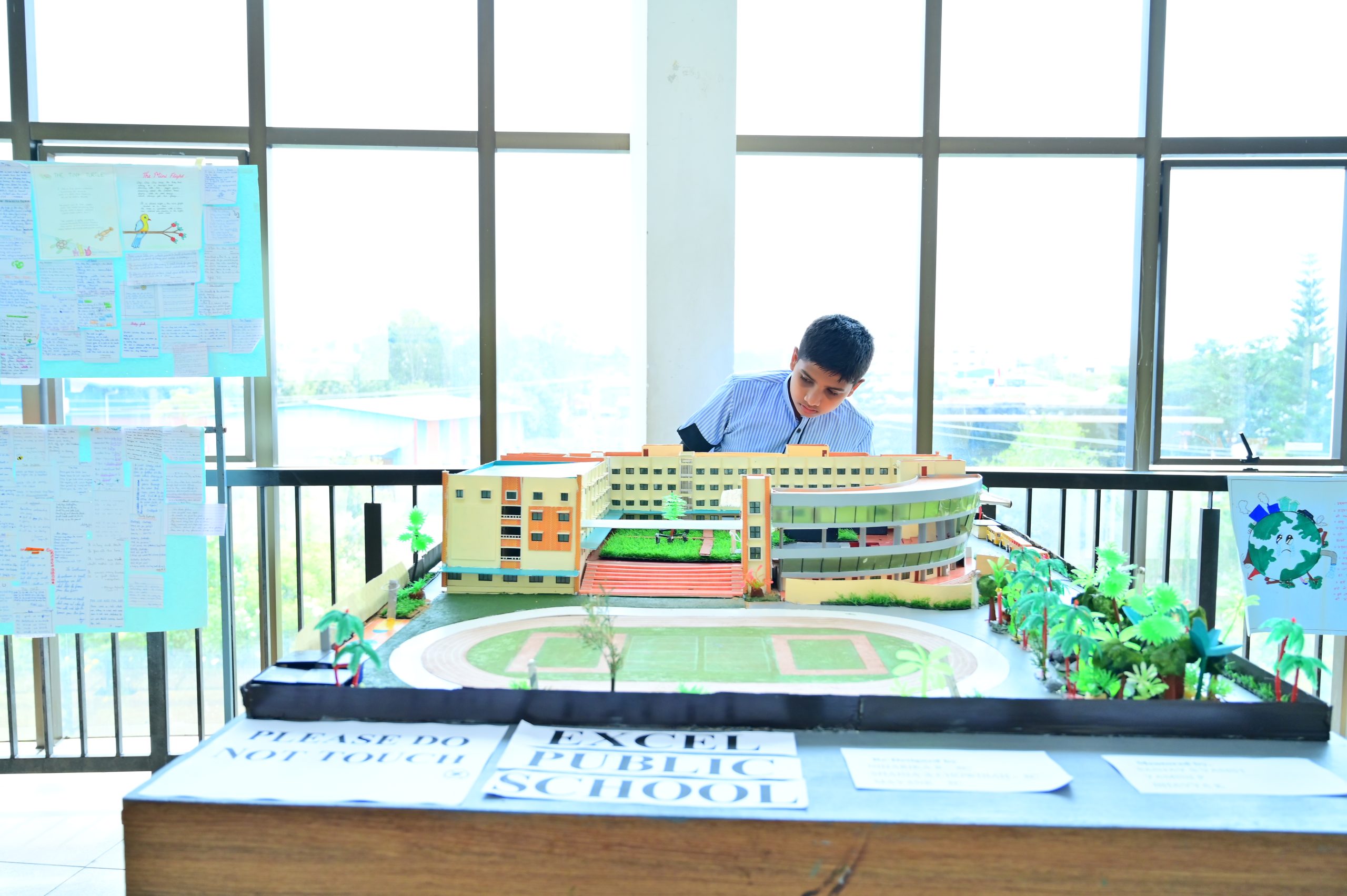
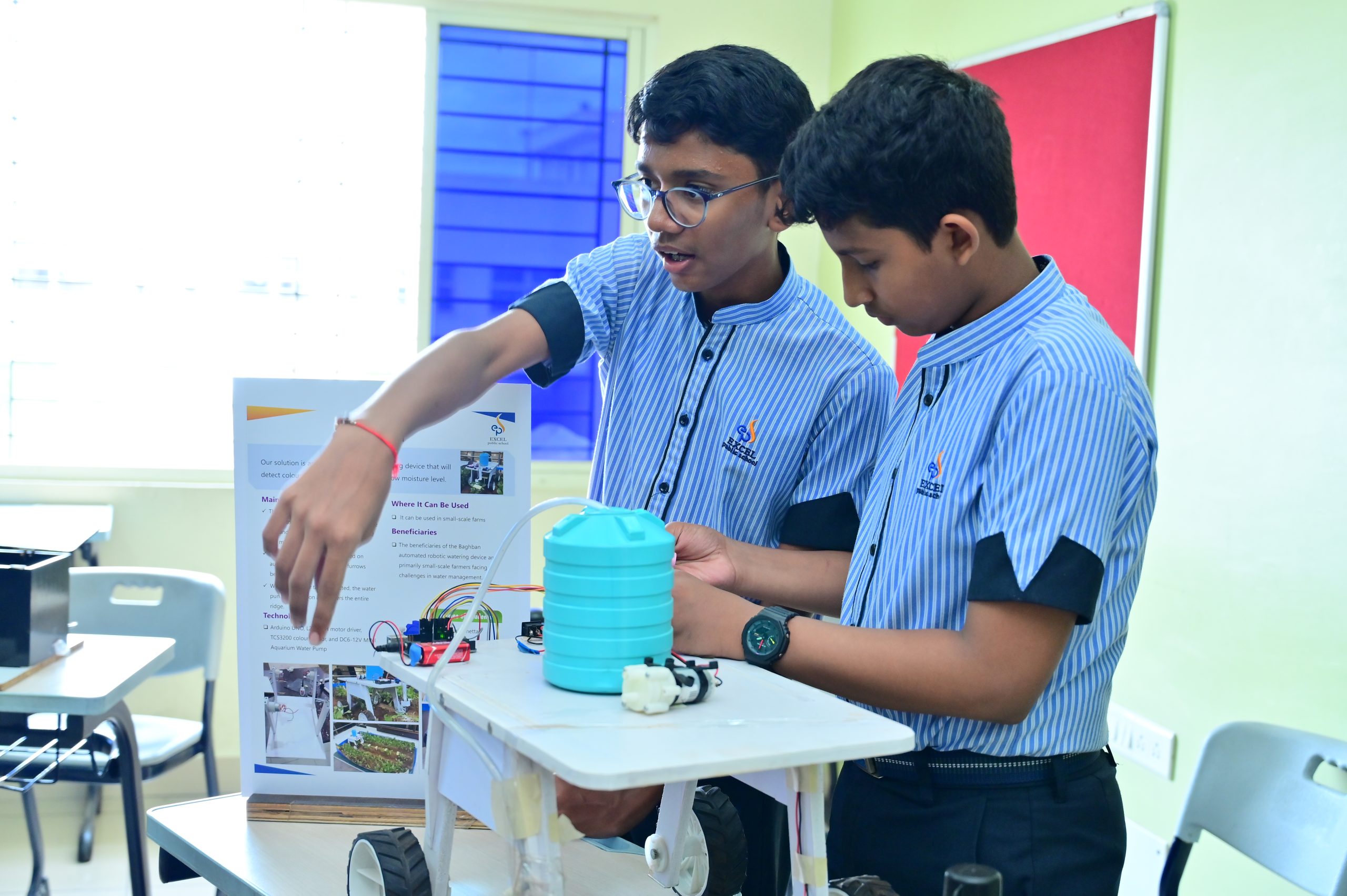
Vision for STEAM Education
- Critical Thinking and Analytical Skills: STEAM education equips students with the ability to think critically and analyze information effectively.
- Problem-Solving and Creativity: Students learn to approach problems from multiple perspectives and develop creative solutions.
- Interdisciplinary Knowledge: STEAM integrates various disciplines, providing a comprehensive understanding of the world.
- Life Skills Development: Students acquire essential life skills such as teamwork, communication, and perseverance.
- Academic Excellence: STEAM education fosters a strong foundation for academic success.
- Preparation for the Future: Students are better prepared for the challenges and opportunities of the modern world.
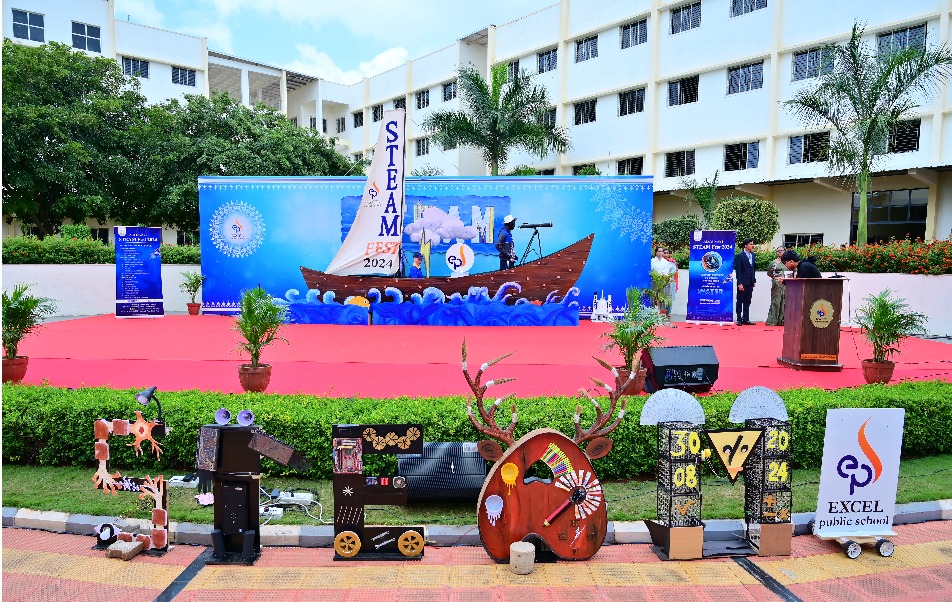
Annual STEAM Fest

Through the STEAM Fest, EPS aims to cultivate a love for learning, encourage critical thinking, and foster a sense of civic responsibility among its students. By providing a platform for students to explore their passions and make a positive impact, the STEAM Fest contributes to the school’s mission of preparing students for the challenges and opportunities of the 21st century.
STEAM Design Process
- Inspire: This stage sets the groundwork by fostering curiosity and enthusiasm. It drives learners to explore ideas and potential projects.
- Ideate: Students brainstorm and develop ideas, combining creativity and logical thinking.
- Research and Analyze: This involves gathering information, studying related concepts, and breaking down the problem to understand it deeply.
- Design: In this phase, students create a plan or blueprint for their project or solution, applying both artistic and engineering principles.
- Prototype: Here, learners build a tangible or digital representation of their design, allowing them to explore the functionality of their ideas.
- Build: In this step, the prototype is developed further into a more finalized product or solution.
- Test: Students evaluate the product by testing it under different conditions, refining it as necessary.
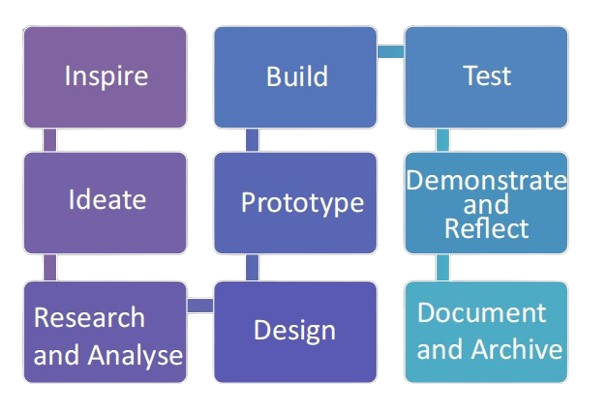

- Inspire: This stage sets the groundwork by fostering curiosity and enthusiasm. It drives learners to explore ideas and potential projects.
- Ideate: Students brainstorm and develop ideas, combining creativity and logical thinking.
- Research and Analyze: This involves gathering information, studying related concepts, and breaking down the problem to understand it deeply.
- Design: In this phase, students create a plan or blueprint for their project or solution, applying both artistic and engineering principles.
- Prototype: Here, learners build a tangible or digital representation of their design, allowing them to explore the functionality of their ideas.
- Build: In this step, the prototype is developed further into a more finalized product or solution.
- Test: Students evaluate the product by testing it under different conditions, refining it as necessary.
- Demonstrate and Reflect: After testing, students present their work, reflecting on the process and results to identify improvements.
- Document and Archive: Finally, all the work, insights, and reflections are documented for future reference or further learning.
The STEAM approach encourages students to think critically, work collaboratively, and develop a holistic understanding of how different disciplines connect.
